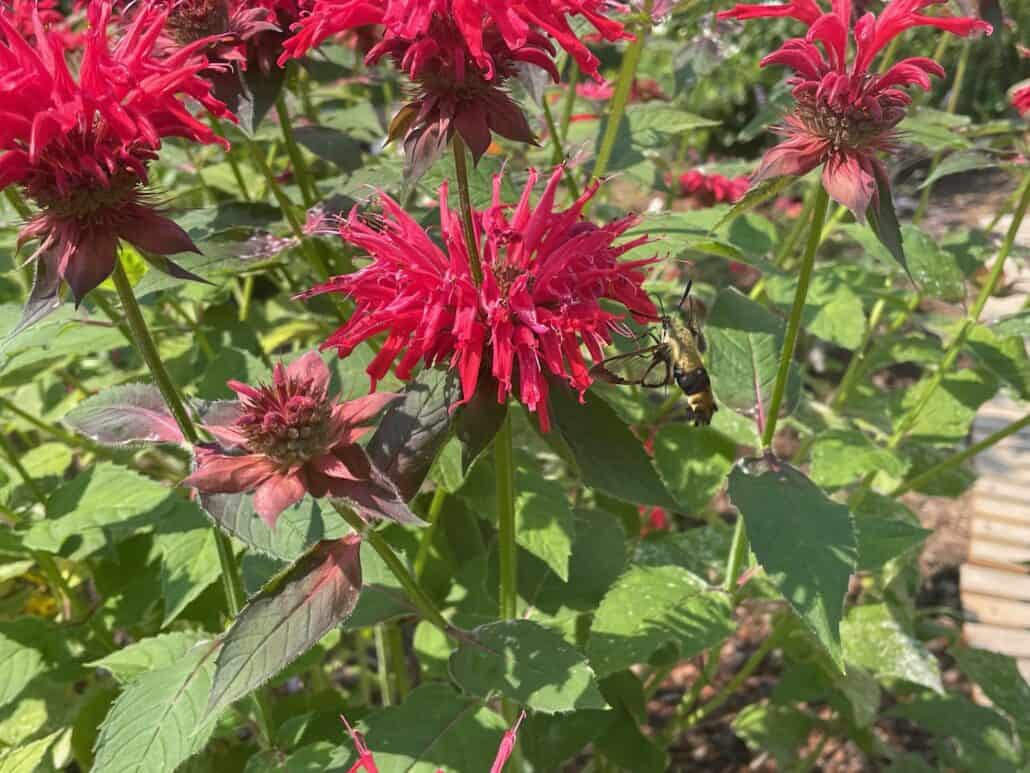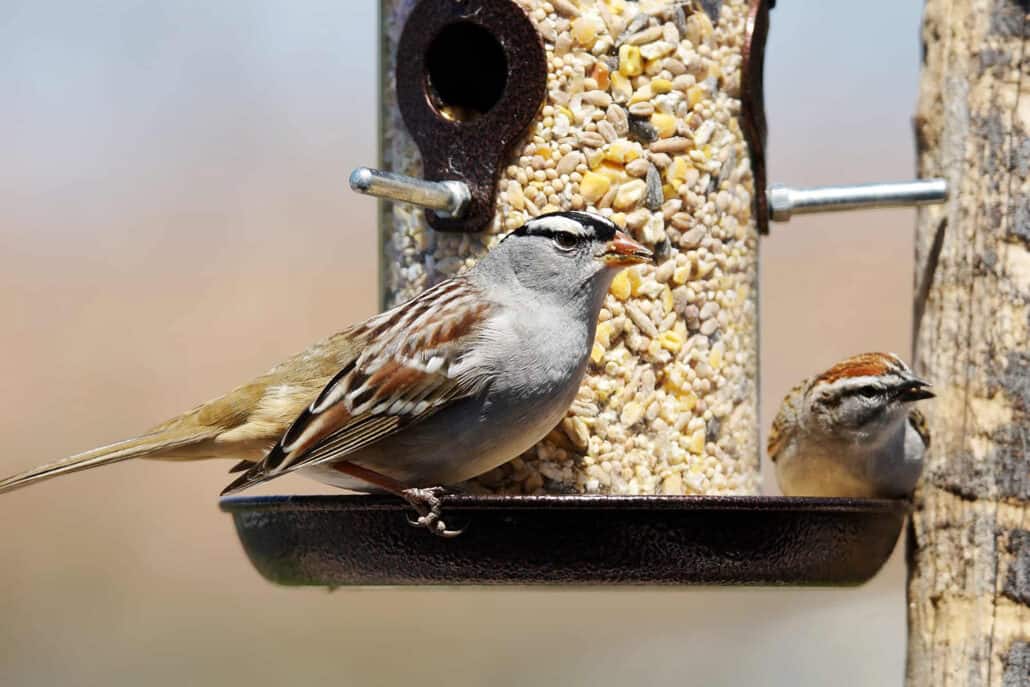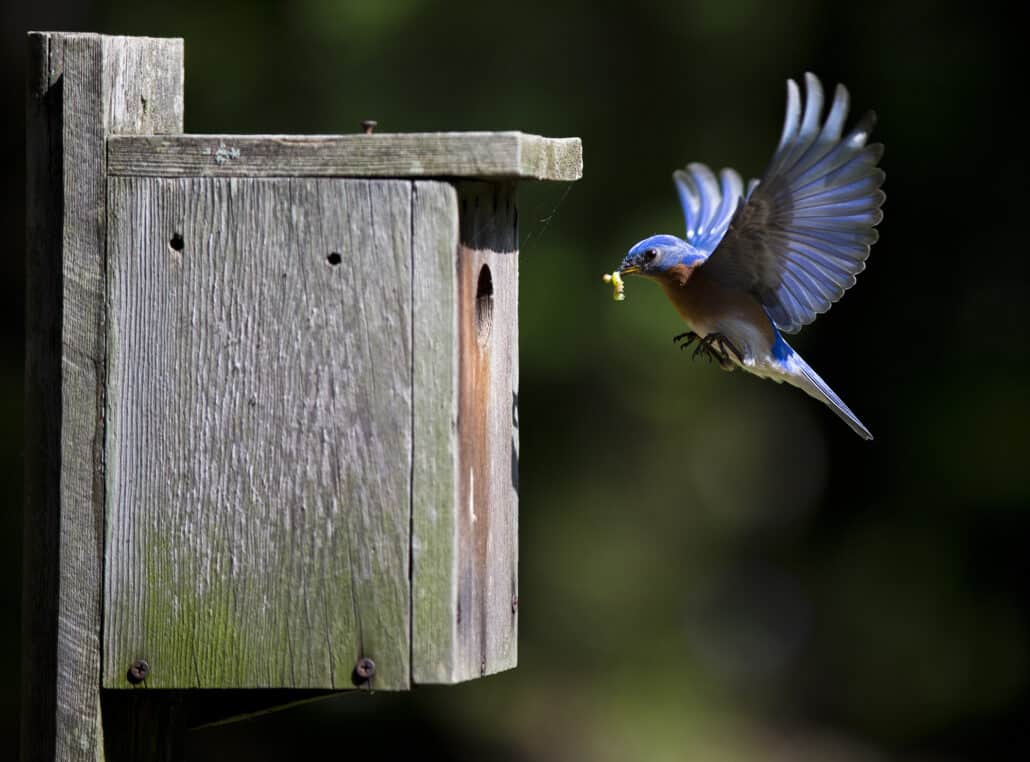
There’s this pesticide commercial I keep hearing all the time lately, posing a question: If I didn’t have to worry about weeds, what would I think about instead?
Well, I’m probably not the target audience for this advertising campaign; I don’t worry about weeds. What I do worry about is the mass-market availability of carcinogenic weed killers. It’s very likely that herbicides have played a role in the mass die-off of bee colonies, as well as in steep declines in amphibian and bat populations. And, a growing body of research supports a link between chemical ingredients in some of the most widely used herbicides to cancer and reproductive health in humans. Agricultural soil testing shows pesticide use threatens beneficial organisms critical to maintaining biodiversity. The recent correlation between the emergence of Brood X cicadas and reports of dramatic increases in sick and dead birds suggests pesticides might be a contributing factor.
It’s easy to become overwhelmed or discouraged by this news. I do what I can where I am able to—in my yard.

Coexist with Weeds
When I was a kid, a few of our neighbors hired companies to spray their lawns with chemicals to inhibit weed growth. During that period, those same households also lost a few beloved dogs to cancer before they were even middle-aged. I will never know if the chemicals directly contributed to those untimely deaths. I do know that bees no longer teemed among the clover, as it had been eradicated by the treatments. In fact, butterflies, fireflies, and other insect harbingers of summer in northwestern Ohio were no longer common. Pristine, green grass was the new normal.
My present home’s yard, by contrast, is plenty weedy. (I think I’m going to rototill next spring to see how that improves the soil health.) Last year, I eliminated a section of lawn in my front yard. Instead of non-native grass, that part of my yard now hosts several flowering plants that attract pollinators. And the clover in the lawn is a big hit with local rabbits and bees!
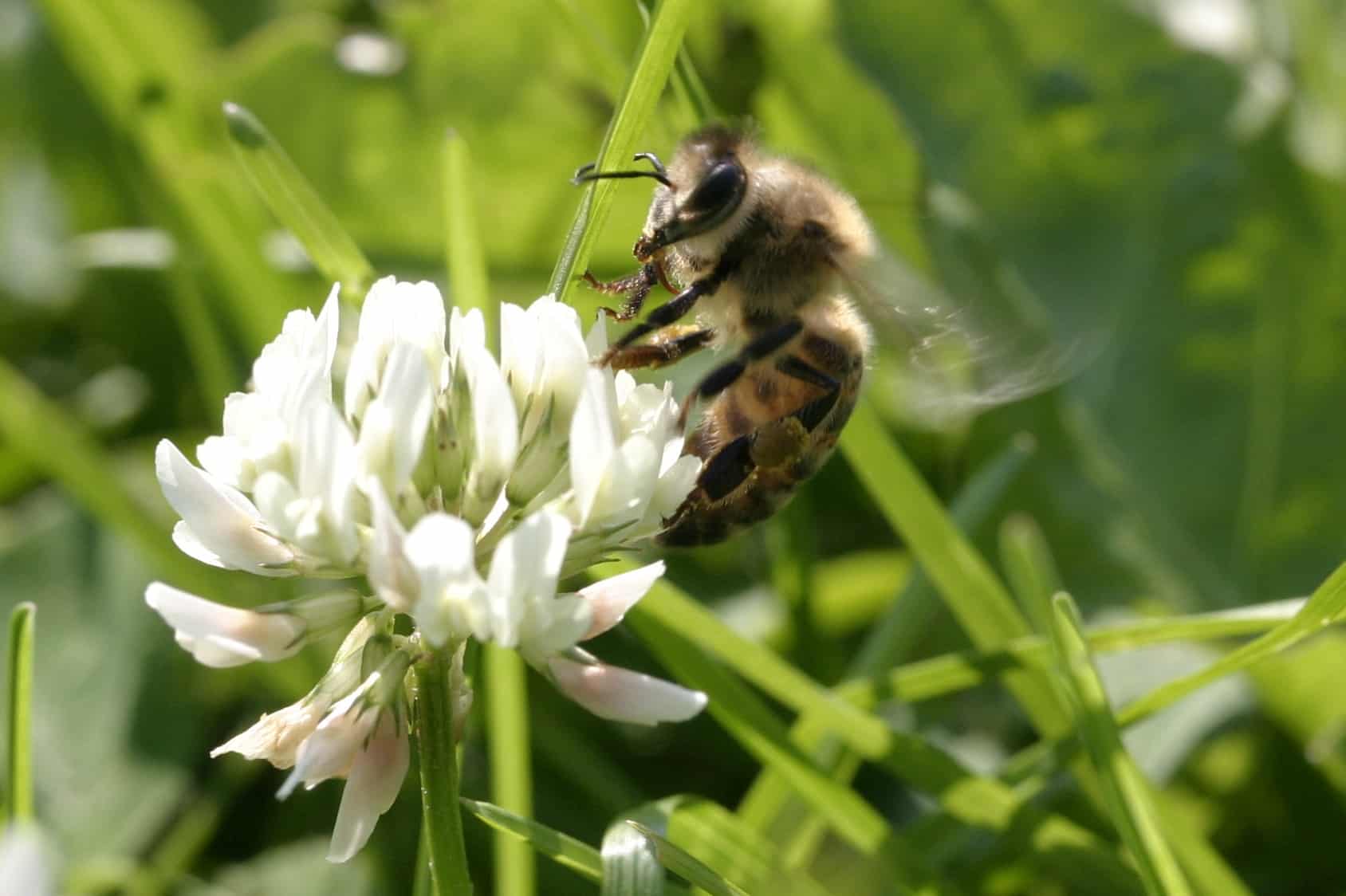
Reimagine Lawn Care
A lot of folks just have to maintain a lush lawn—it’s in their DNA. If that’s you, and you are using chemical applications on your lawn, consider organic lawn treatments. If unwanted weeds creep back into the picture, take heed and read your weeds. Try green scaping, which promotes healthy soil, reduced watering, and more natural lawncare.
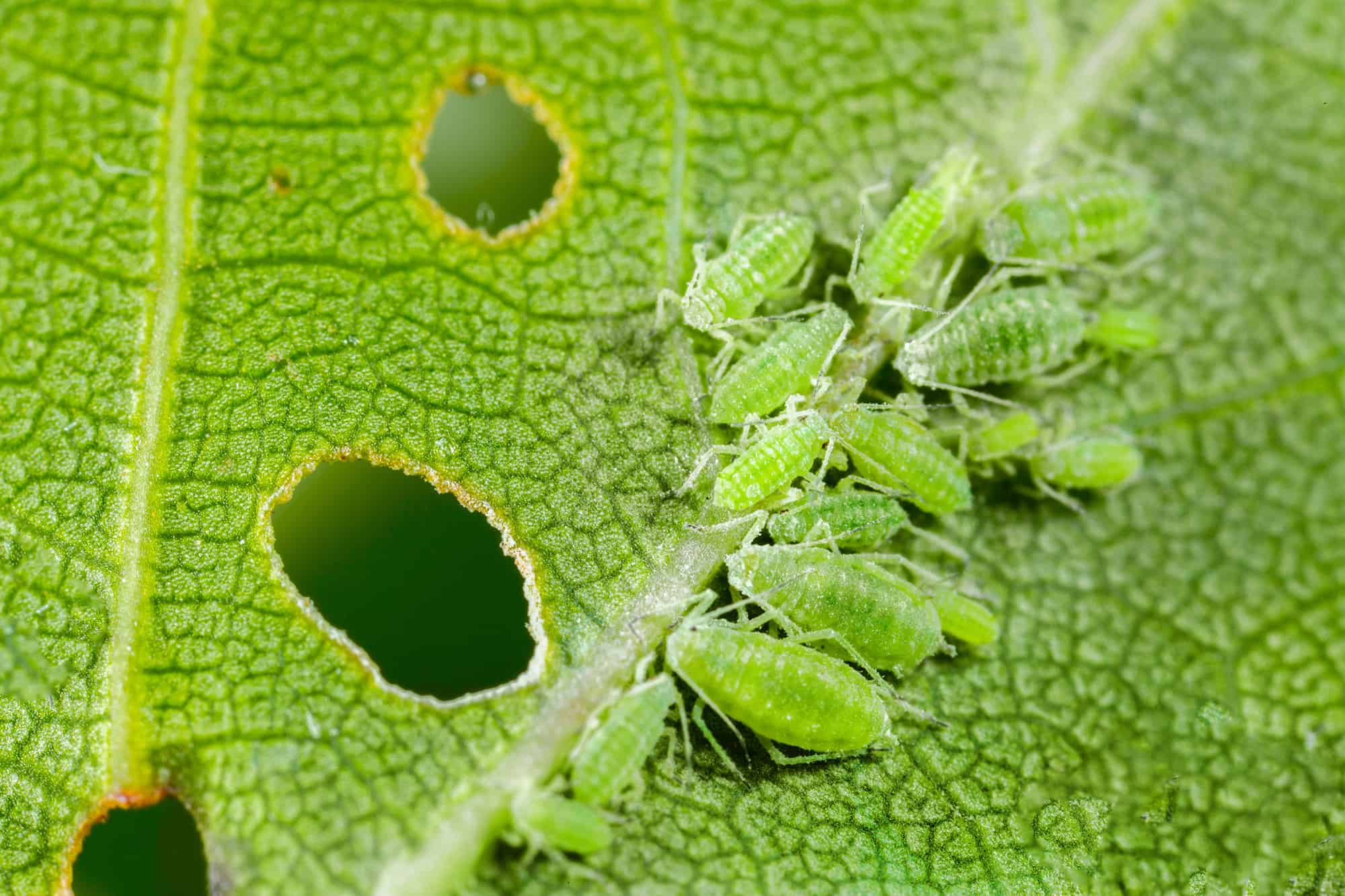
Soap and Water as Pest Control
This spring I decided to grow a potted jalapeño pepper plant on the front porch. It didn’t take long before some very determined aphids overtook the plant. I used a dash of liquid hand soap and water on a cloth, and gently wiped away the affected areas daily for about a week or so. The aphids are gone, the plant is thriving, and I will soon harvest my beloved peppers.
In the past, I’ve used a baking soda and water paste to eliminate aphids from a basil plant. Frankly it seemed a bit overkill, if you’ll pardon the pun. In fact, a good dose of water, the universal solvent, is adequate to address some infestations. For example, when I’ve had issues with mealybugs on my indoor ficus tree, I’ve found that wiping the affected areas with a damp cloth once a day and monitoring it addressed the problem—without any toxic chemicals.
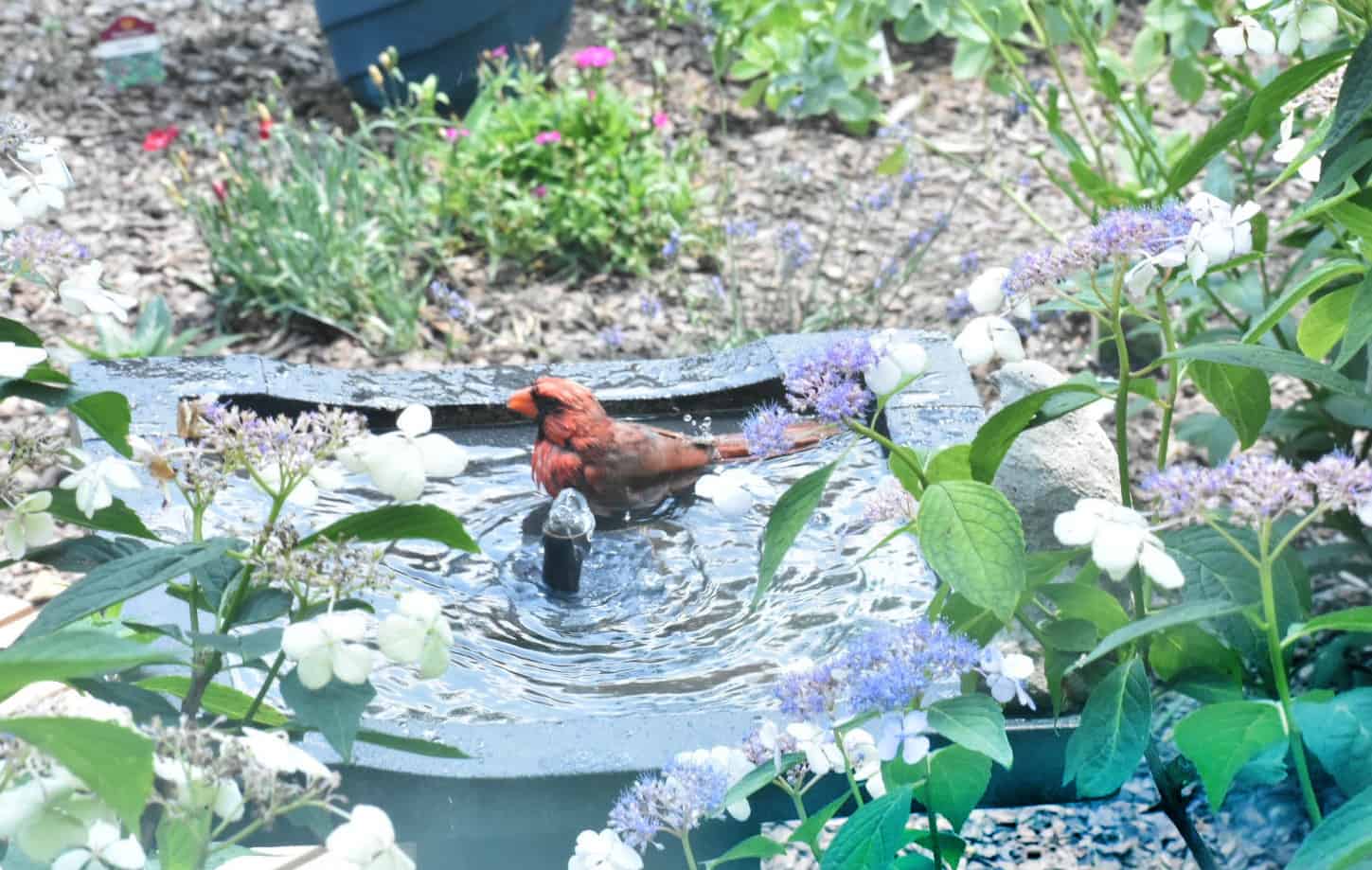
A Balanced Approach with a Mind Toward Minimizing Toxic Chemicals
I do, of course, deploy chemicals for certain tasks. The local birds are obsessed with our bubbling birdbath, which means it gets used often, which means it gets gross—especially during nesting season! Each weekend, I use a 1:10 bleach-water proportion (like, a capful of bleach to a small bucket of water) when scrubbing and cleaning the bird bath. While I don’t exactly love using bleach, it’s effective at eliminating algae buildup.
I’m no scientist, but I am concerned about the consequences of the short- and long-term effects of pesticides. Since I moved into my home in 2007, I’ve endeavored to avoid use of toxic chemicals outdoors in favor of natural alternatives. I feel better for it, and I am noticing more pollinators visiting my yard—a win-win.

Looking to Subscribe?
Get 6 print issues of the magazine delivered to your door
& free digital access
- One Year Print Subscription: $26
(to US or Canada, includes digital access) - One Year Digital-only Subscription: $15
- Two Year Print Subscription: $48
(to US or Canada, includes digital access)

